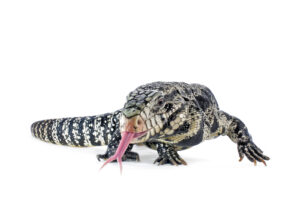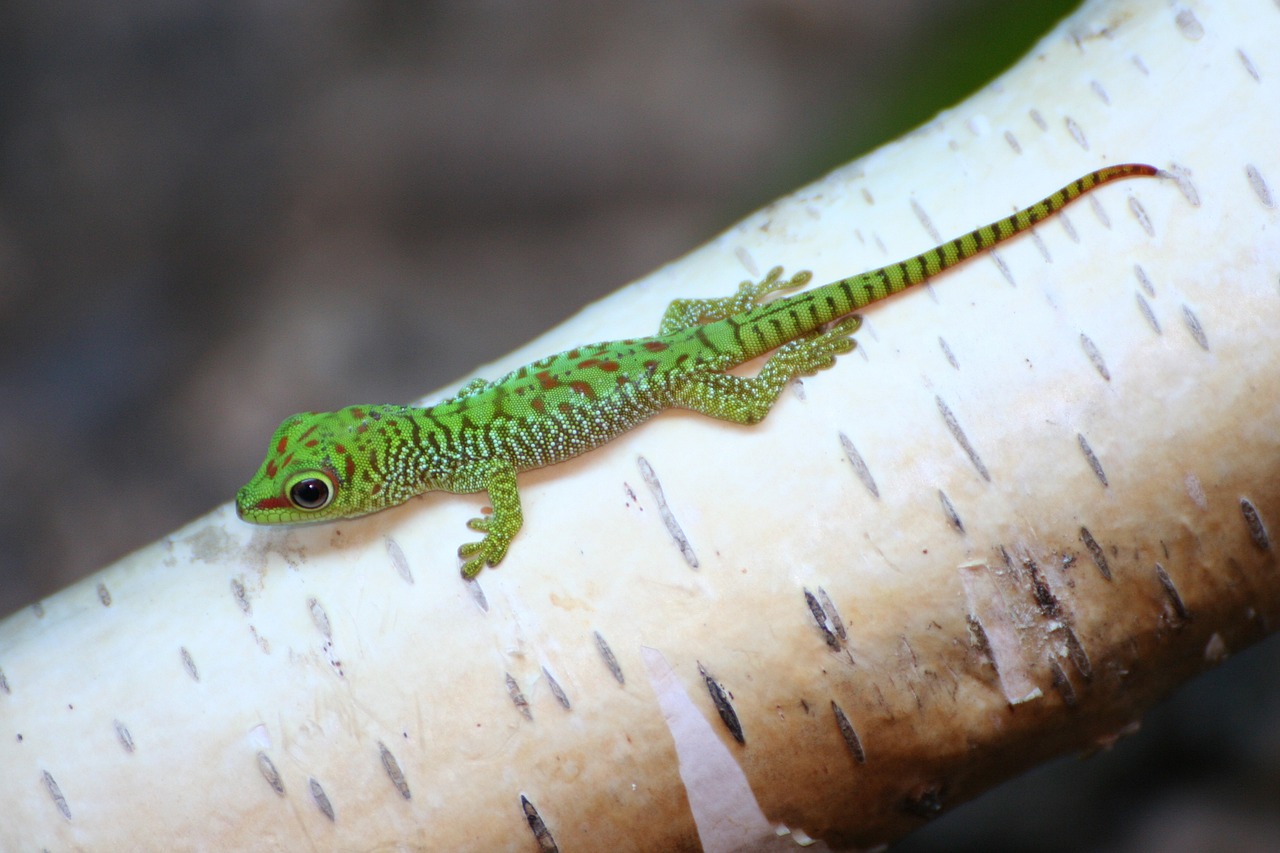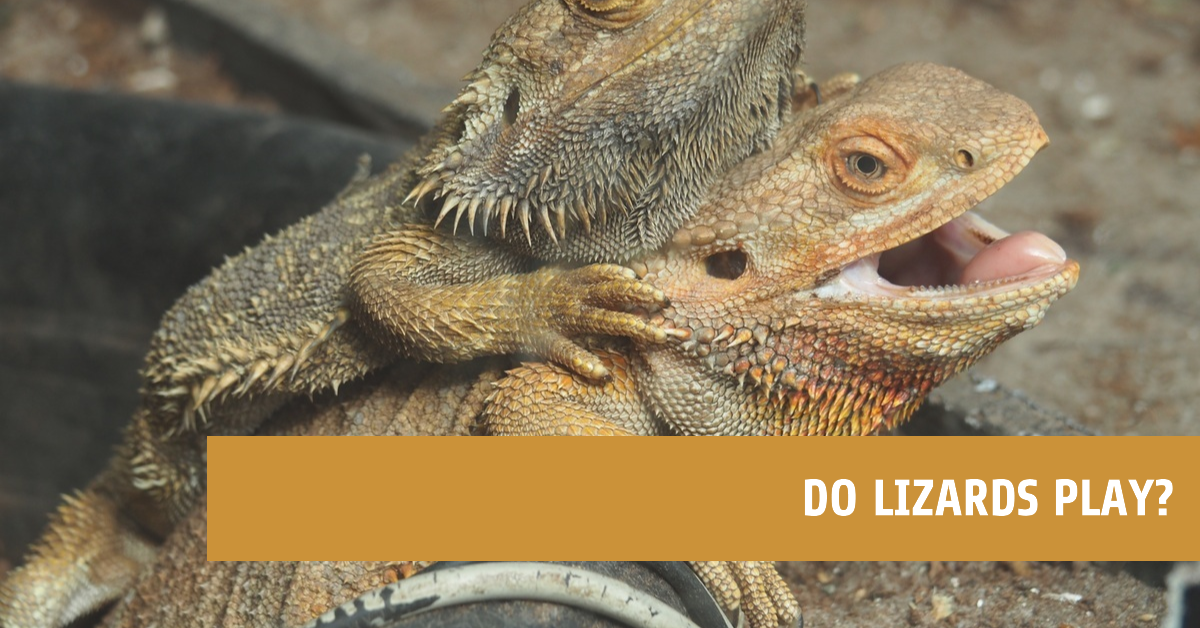Strength and power can be found in unexpected places, such as a tegu’s bite. While these reptiles are typically gentle creatures, their bite force psi can be surprisingly strong. Ever wondered what factors affect a tegu’s bite force? Or how to safely interact with one of these lizards?
In this article, you’ll discover the normal bite force psi of a tegu and learn about the risks and benefits of owning one. You’ll also explore the best practices for training a tegu and steps you can take to prevent being bitten.
Key Takeaways
- Tegus have a bite force psi of around 350-400, with powerful jaws and sharp teeth.
- Diet, size, and natural habitats can influence a tegu’s bite force.
- Tegus have a higher bite force compared to many other lizards due to their unique anatomy.
- Being bitten by a tegu can result in serious lacerations, potential infections, and the need for vaccination against rabies.
Introduction To Tegu Lizards (Tupinambis)
Tegu lizards (tupinambis) are fascinating reptiles that have become increasingly popular as pets. These large, intelligent creatures can be kept in captivity with proper care and handling, but it’s important to understand the risks associated with owning a tegu. The Tegu lizard, a member of the Teiidae family, is a reptile known for its size and the significant force behind its bite. Tegus are large lizards, with some species, like the Argentine black and white, measuring up to 2 meters (or around 6.5 feet) in length.
Unlike most reptiles, Tegus are quite powerful, boasting huge jaw muscles that contribute to a strong bite force. In fact, reports of human injury caused by a Teiidae, particularly a Tegu bite on the right index finger, have shown significant soft tissue damage and even an avulsion fracture of the distal phalanx.
One of the biggest risks involves their powerful jaws and sharp teeth, which can cause serious injuries if they bite.
Pet Tegus ?
Tegus may be kept as pets in captivity, and pet Tegus can be wonderfully docile creatures when handled appropriately. Tegu talk amongst pet owners often emphasizes the importance of a spacious enclosure and frequent, gentle human interaction to keep these lizards calm.
Despite being known as a generally peaceful reptile, pet Tegus can become aggressive during the breeding season, and young Tegus or wild Tegus can sometimes become aggressive towards handlers, particularly if they feel threatened. Therefore, it is recommended for pet owners to use gloves when handling Tegus, especially those new to their enclosure or during breeding periods.
Tegus, both the Argentine and Red Tegus, are opportunistic omnivores who eat a varied diet in the wild. In captivity, it’s important for pet owners to monitor what they feed their Tegus to maintain their health and keep them docile. Although adult Tegus can weigh between five to eight pounds, and despite their strong jaws, they are not generally dangerous to humans unless provoked.
However, a Tegu bite, especially from a wild Tegu, can cause serious injuries due to their sharp teeth and powerful jaws, capable of exerting a force of over 1000 N.
Handling Tegus
Handling a Tegu lizard, especially one not raised in captivity, requires understanding and respect for this large reptile. Even smaller lizards from the Teiidae family are large reptiles by standard, and their natural behavior includes burrowing and, when threatened, biting. Some Tegus, especially wild ones, have not lost their fear of humans, which can make them more likely to bite. So, before you get bitten, it’s best to know how to handle Tegu lizards correctly and take the necessary precautions.To ensure the wellbeing of pet Tegus and their handlers, education on appropriate Tegu care tips and knowledge of Tegu species is vital. Whether in captivity or in their native habitats, these powerful lizards require careful handling, an understanding of their behaviors, and a commitment to their care from any potential Tegu owners.
Understanding Tegu Lizard Bites
Tegus are large lizards that can be found in the wild throughout South America. As with any wild animal, tegus are capable of defending themselves if they feel threatened or cornered.
Understanding the nature of tegu lizard bites is important for anyone who may encounter them in the wild or keep them as pets. Tegu lizard bite severity can vary depending on the size and strength of the lizard, as well as where on the body the bite occurs.
While their jaws are not as powerful as those of some other reptiles, such as crocodiles or alligators, tegus do have a strong bite force and can cause serious injury. Awareness and precautions can go a long way in preventing tegu lizard bites.
These lizards will typically give warning signs before biting, such as hissing or puffing up their bodies to look larger. If you see these signs, it’s best to back away slowly and avoid further provoking the lizard.
Tegu Lizard Bite Complications
Complications from tegu lizard bites in humans can range from minor injuries to more serious infections. It’s important to seek medical attention immediately if you are bitten by a tegu and experience symptoms such as swelling, bleeding, pain, or redness around the wound.
Treatment for a tegu lizard bite will depend on the severity of the injury. For minor bites that do not break the skin, cleaning with soap and water may be sufficient.
For more serious wounds that break through the skin and result in bleeding or infection, medical attention is necessary. Complications from a tegu lizard bite can include infection or even loss of limb if left untreated.
It’s important to take proper precautions when handling these animals to prevent any accidents from occurring. Tegu lizards have strong jaw strength which gives them an impressive bite force capable of causing damage if necessary.
Knowing how to handle these animals safely is crucial for avoiding any potential harm. By taking proper precautions and understanding the behavior of tegu lizards, you can minimize the risk of being bitten and ensure that any bites that do occur are treated promptly.
Tegu Bite Force
Tegu lizards are known for their incredibly strong jaws and bite force. They use their powerful jaws to crush the shells of their prey, so it’s no surprise that they can also inflict serious damage on humans if they bite.
In fact, a tegu lizard bite can easily break the skin, and in some cases may even result in broken bones or other complications. It’s important to take tegu lizard bite prevention and precautions seriously if you’re considering owning one of these animals as a pet.
Tegu lizards require responsible ownership and care, including proper handling techniques and enclosure requirements. If you do get bitten by a tegu lizard, it’s important to seek medical attention immediately.
Even if the wound doesn’t appear serious at first glance, there may be complications that require treatment. Symptoms of a tegu lizard bite may include pain, swelling, redness, or even bleeding.
When it comes to tegu lizard handling tips, it’s always best to err on the side of caution. If you’re unsure about how to handle your pet safely or need help managing an aggressive or anxious animal, consider reaching out to an experienced reptile veterinarian or professional handler for assistance.
Ultimately, responsible ownership is key when it comes to keeping both yourself and your pet safe from potential hazards like tegu lizard bites. By taking proper precautions and seeking prompt medical attention when necessary, you can ensure that both you and your animal companion enjoy many happy years together.
Death Roll
When a tegu lizard bites, it doesn’t just clamp down and hold on like other lizards or reptiles.
Tegus have an additional move called the Death Roll that they use to subdue their prey or defend themselves from predators. In this move, the tegu will twist and roll its body to cause further damage to its victim.
This can be especially dangerous if the lizard has bitten a human or another animal, as it can lead to more severe injuries. The Death Roll is made possible by the impressive jaw strength of a tegu lizard.
With bite forces ranging from 350-400 PSI, they are capable of crushing bones and inflicting serious harm. If you’re ever bitten by a tegu, it’s important to seek medical attention immediately and take steps to prevent the Death Roll.
Treatment for tegu bites involves thorough cleaning of the wound and monitoring for signs of infection. It’s also crucial to understand how to handle these animals correctly and avoid situations that could lead to biting in the first place.
As with any pet ownership responsibility, we must be aware of all potential risks involved when having a tegu lizard as a pet. Owning a pet tegu comes with unique challenges that owners must be aware of in terms of safety and management requirements.
Knowing about their behavior before biting and understanding how powerful their bite force is can help prevent accidents from occurring in the first place. And if you do get bit, knowing how their Death Roll works will help you take appropriate precautions during treatment.
Prevention and Treatment of Tegu Lizard Bites
Tegu lizards are powerful creatures that can cause serious damage with their strong jaws and sharp teeth.
Therefore, it is important to take precautions while handling them. Before holding your tegu lizard, make sure that you have a good understanding of its behavior and temperament.
If you notice any signs of aggression or agitation, back off and give your pet some space. In case you do get bitten by a tegu lizard, the first thing to do is remain calm.

Tegu bites may bleed heavily due to the high pressure exerted by their jaws. Apply pressure on the wound with a clean cloth until the bleeding stops.
Wash the wound thoroughly with soap and water, then disinfect it using an antiseptic solution. If the bite wound is severe or if it shows signs of infection such as redness or swelling, seek medical attention immediately.
It is also recommended to keep an eye on your tetra’s behavior after biting as they can become more aggressive if they feel threatened or uncomfortable. As a tegu owner, it’s essential always to be aware of potential risks as well as how to prevent injuries caused by bites from these animals.
Additionally, ensure proper care for your tegu lizard in terms of diet and habitat to reduce stress levels that may lead to aggressive behavior. By being responsible owners who understand their pets’ needs and providing them appropriate care conditions alongside taking preventive measures will go a long way in preventing incidents like bites from happening in the first place!
Safety Concerns and Risks of Tegu Lizard Bites
Tegu lizards are fascinating creatures to own, but they also come with a set of responsibilities. One of these responsibilities is understanding the safety concerns and risks of tegu lizard bites.
While tegus are generally docile creatures, they can become aggressive if they feel threatened or scared. Tegu lizard jaw strength is something that should not be taken lightly.
Their bite force is strong enough to break bones and their sharp teeth can inflict deep wounds that may require medical attention. Tegu lizard bite symptoms include bleeding, swelling, pain, and in severe cases, loss of consciousness.
Bite Emergency
In the event of a tegu lizard bite emergency, it’s important to seek medical attention immediately. Tegu lizard bite severity can vary depending on the size and age of the animal as well as the location and depth of the wound.
Tegu lizard bite management involves controlling bleeding and preventing infection through proper wound care. Complications from tegu lizard bites in humans can include secondary infections such as tetanus or sepsis, nerve damage or loss of limb function due to tissue necrosis caused by bacteria present in their saliva called Aeromonas hydrophila.
To prevent tegu lizard bites from occurring it’s important to learn how to properly handle them by :
- using gloves or appropriate equipment when necessary;
- never cornering them or striking them with an object like a broom;
- ensuring adequate space for each animal;
- providing ample hiding places within their enclosure;
- installing a lockable door on their enclosure that keeps small children out but allows for easy access for cleaning purposes only when necessary.
Owning a tegu lizard comes with specific risks including potential injuries from bites which must be managed appropriately by being aware of risks associated with ownership such as heightened responsibility for personal safety around pets while handling them always keeping in mind precautions that reduce risk while ensuring adequate care is given at all times including preventative measures like regular vet checkups which help monitor health status of the pet over time.
Tegus Bite, Care Tips and Handling a Tegu
Taking care of a tegu lizard is not an easy task. It’s important to understand that owning a tegu lizard comes with a lot of responsibilities, and one of them is maintaining their enclosure. Tegus require large enclosures as they are active, curious animals.
Their enclosure should be at least 8 feet long and 4 feet wide. You also need to provide your tegu with proper hiding spots and basking areas, as well as substrate for burrowing.
When it comes to handling your tegu lizard, it’s essential to take precautions as their bite force can cause significant damage if not handled appropriately. Always approach your tegu from the side, never from above or behind them, as this can cause them to feel threatened and may result in them biting you.
Additionally, always wash your hands before and after handling your tegu lizard to avoid the risk of infection. In case of emergencies like a tegu lizard bite, it’s important to know how to manage the situation properly.
If you do get bitten by your tegu lizard, first assess the severity of the bite. If the bleeding doesn’t stop after 10 minutes or there is significant swelling or pain around the wound area, seek medical attention immediately.
Tegus are fascinating animals that make great pets for individuals who have experience in reptile husbandry. However, before committing yourself to owning one make sure that you’re aware of each aspect required for proper care such as maintaining their enclosure requirements and understanding their behavior before biting so that you can take necessary precautions while handling them.
Frequently Asked Questions On Tegus Bite
The best way to prevent a tegu lizard bite is to handle your pet with care and respect.
Always approach your tegu slowly and calmly, and avoid sudden movements or loud noises that could startle them. When picking up your tegu, support their entire body and avoid grabbing them by the tail or limbs, as this can cause them to feel threatened.
It’s also important to maintain a clean and healthy enclosure for your pet, as a stressed or sick tegu may be more likely to bite.
If you are bitten by a tegu lizard, it’s important to seek medical attention as soon as possible. Even if the wound appears minor, it’s possible for bacteria from the lizard’s mouth to infect the area.
Clean the wound with soap and warm water immediately after being bitten, monitor it for signs of infection such as redness or swelling, and seek medical attention if necessary.
Tegus have very strong jaws with a powerful bite force that can cause significant injury in humans. While most bites are not life-threatening, they can lead to deep wounds that require medical attention.
Additionally, because bacteria from the lizard’s mouth can easily cause infection in humans, it’s important to take all bites seriously.
After biting someone – whether it be you or another person – it’s important to give your pet some time alone in their enclosure so that they can calm down and destress. Observe their behavior closely over the next few days; if you notice signs of illness or aggression towards humans (such as lunging or biting) you may need professional help from an animal behaviorist.
While it’s unlikely for an adult to experience fatal consequences from a tegu lizard bite, the elderly, children, and individuals with weakened immune systems may be at higher risk of complications.
In rare cases, severe infection or an allergic reaction to the saliva may occur. In any case, it’s important to seek medical attention immediately after being bitten.
Conclusion On Tegu Lizard Bite
Taking appropriate measures to understand the behavior of Tegu lizards, implementing effective handling techniques, and providing a secure environment can mitigate the risk of potentially dangerous bites. In case a bite occurs, immediate medical attention is crucial.
Despite their potential hazards, Tegus make rewarding pets with adequate care and commitment. Therefore, by adhering to safety guidelines and practicing informed and responsible ownership, the enjoyment of having a Tegu lizard can be realized without compromising safety.
The key is education, preparation, and vigilant care, which minimizes risks and ensures a healthy and content life for your Tegu.



